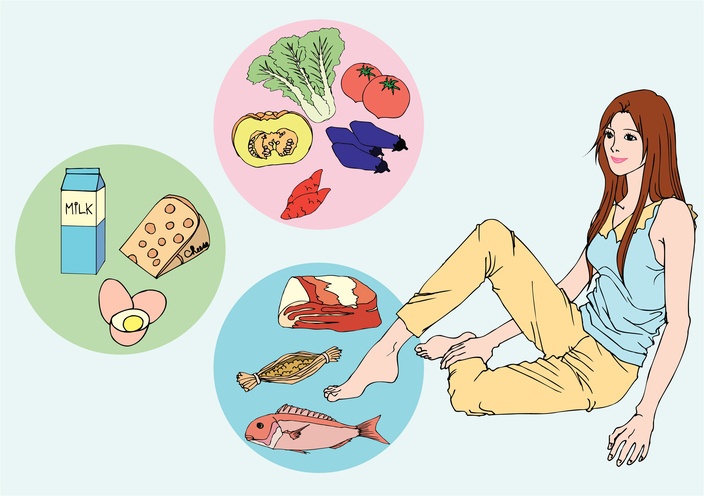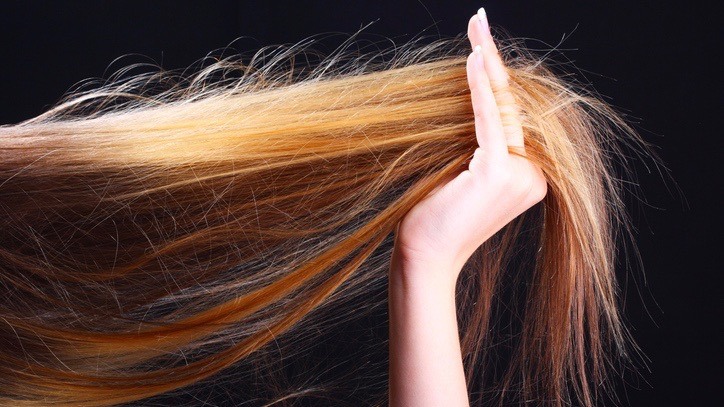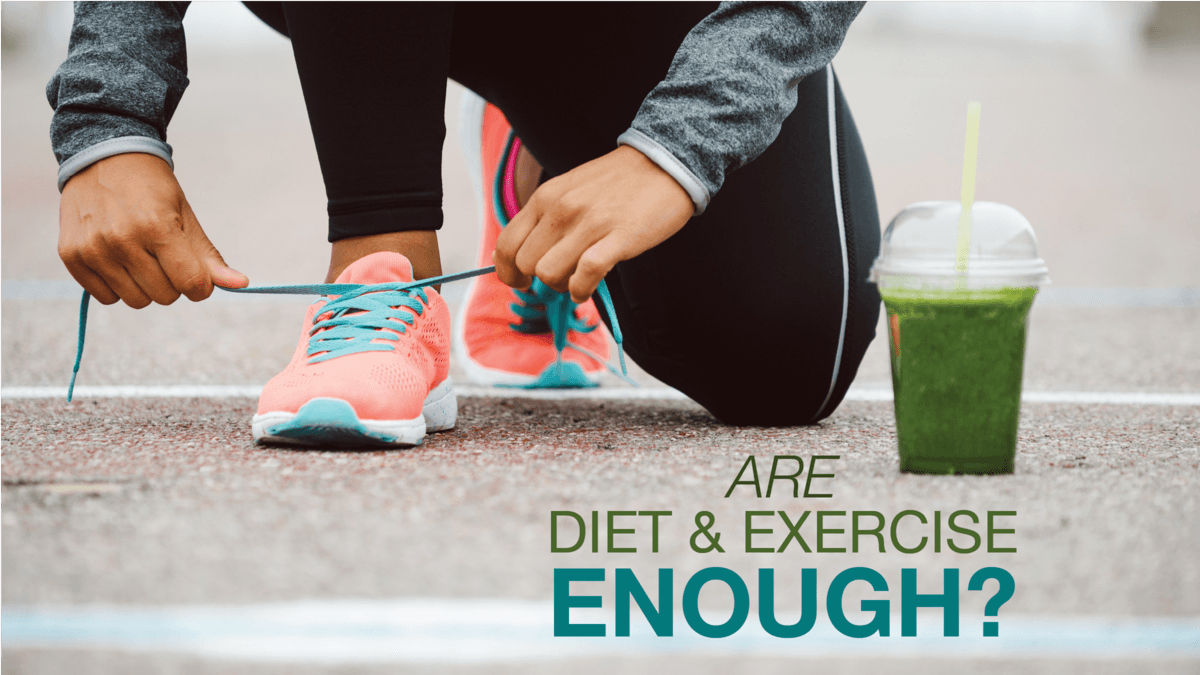Scientifically Speaking: Healthy Hair, Skin, and Nails
 If you’re not following the USANA Health and Science Education Facebook page, you’re doing the whole social media thing wrong. This team works day in and day out to provide the public with helpful information on published scientific studies and general health topics.
If you’re not following the USANA Health and Science Education Facebook page, you’re doing the whole social media thing wrong. This team works day in and day out to provide the public with helpful information on published scientific studies and general health topics.
Our awesome team of scientists recently took to their Facebook page to talk about the importance of hair, skin, and nail health. So—as usual—I’m going to steal repurpose their valuable info for a blog post that I hope you find interesting and helpful.
Let’s get to it!
Protein—It’s More Than Bro Fuel
Protein provides the building blocks of your hair and nails, but don’t be fooled by proteins such as gelatin. Is it a protein? Yes, but your hair and nails require nutrient support from complete proteins—ones that contain all the essential amino acids.
So if you’re soaking your nails in gelatin or consuming it through capsule form, keep in mind that it’s considered an incomplete protein that is missing one or more essential amino acids.
Helping Hair Through Nutrition
Many people understand that Omega-3s from salmon, mackerel, anchovies, and sardines are beneficial for overall health, but your body also needs these fatty acids to grow hair and keep it shiny and full.
Speaking of hair, the cells that build your luscious locks rely on zinc to help them work their hardest, and foods and activities that increase blood flow or circulation help bring oxygen and nutrients to your hair follicles.
 When it comes to a healthy scalp, vitamin A (or beta-carotene), iron, folate, and vitamin C work together to keep both your hair and scalp moisturized. Your body actually turns beta-carotene into vitamin A to protect against dry, dull hair. This also encourages the glands in your scalp to make an oily fluid called sebum.
When it comes to a healthy scalp, vitamin A (or beta-carotene), iron, folate, and vitamin C work together to keep both your hair and scalp moisturized. Your body actually turns beta-carotene into vitamin A to protect against dry, dull hair. This also encourages the glands in your scalp to make an oily fluid called sebum.
Finally, two other B vitamins, pantothenic acid (B5) and biotin, play important roles in hair health. Deficiencies of either can impact hair health or cause hair loss.
Hurting Hair Through LACK of Nutrition
Protein was already brought up as an important player in healthy hair and nails, so it’s obviously harmful to have very low protein levels. A restriction of protein can lead to hair growth “rests” and older hairs fall out, which can result in excessive hair loss. With this in mind, a severely calorie-restricted diet can also cause temporary hair loss.
Iron deficiency is another cause of hair loss, so make sure you’re consuming enough of this important nutrient that can be found in fortified cereals, grains, and pastas, soybeans, lentils, and dark green, leafy vegetables.
What About Supplements?
People often ask why USANA doesn’t offer a hair, skin, and nails supplement, but the truth is that we actually do…sort of. We just don’t call it that because it might be somewhat misleading.
Here’s a brief comment from our Senior Nutrition Scientist Russ Barton.
“The health of the hair and nails is influenced by many factors—nutrition being one of them. Hair health also has a lot to do with genetics, environment, hormones, personal hygiene practices, and many other factors such as rapid weight loss. Making a product specific to hair, nails, and skin would be redundant in reality since our core vitamins and minerals product (USANA® Essentials™)—in addition to a typical mixed diet with adequate iron—provide all the nutrients that would be contained in such a formula.”* –Russ Barton, MS, CNS, CISSN
Fun Facts
Let’s end on some interesting facts about hair and nails, shall we? (Oh, and don’t forget to share any trusty tips you use to keep your own hair, skin, and nails in prime condition!)
- The average human with a full head of hair contains between 85,000 to 150,000 hairs.
- It’s normal to lose 50 to 100 hairs a day, but anyone who notices thinning hair should see a dermatologist.
- Hairstyles that pull the hair, like ponytails and braids, can cause hair loss.
- Your lips, the palms of your hands, and the bottom of your feet are the only outer parts of your body that don’t have hair on them.
- Fingernails grow 0.1 millimeters each day and toenails grow 1 millimeter a month.
- Fingernails grow faster than toenails, and nails grow faster in a warmer climate than in a colder climate.
| *These statements have not been evaluated by the Food and Drug Administration.This product is not intended to diagnose, treat, cure, or prevent any disease. |
We’re proud to bring you the freshest content on the web! Follow USANA on Twitter, like our USANA Facebook page and enjoy the latest videos on the official USANA YouTube channel.
 Learn what USANA is doing to make the world a better place.
Learn what USANA is doing to make the world a better place.
The future of personalized health and nutrition is now available with USANA’s True Health Assessment.










I love Usanaaa…
Thank you for providing us the true health option 🙂
What’s up it’s me, I am also visiting this web site daily, this web site is truly nice and the users are genuinely
sharing fastidious thoughts.